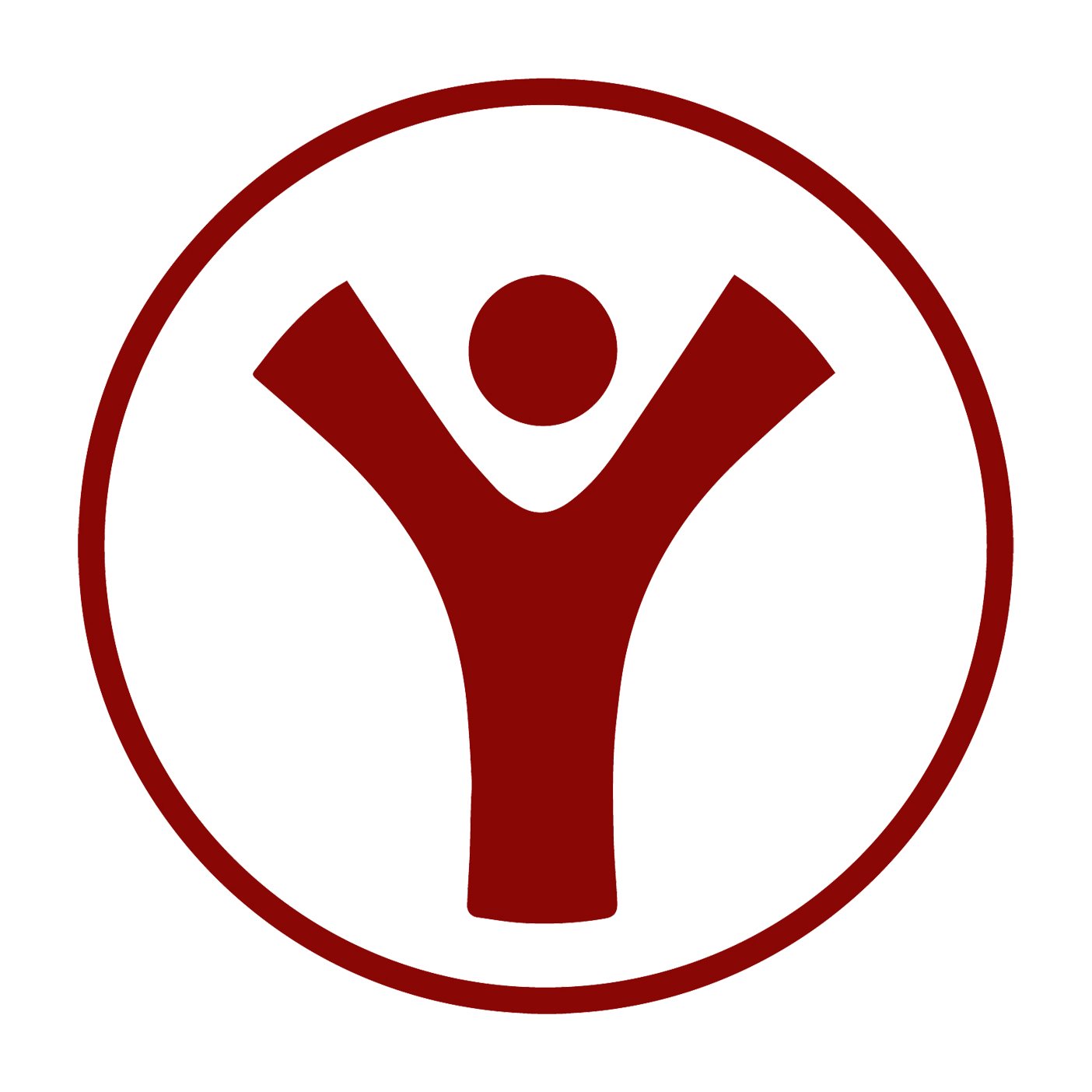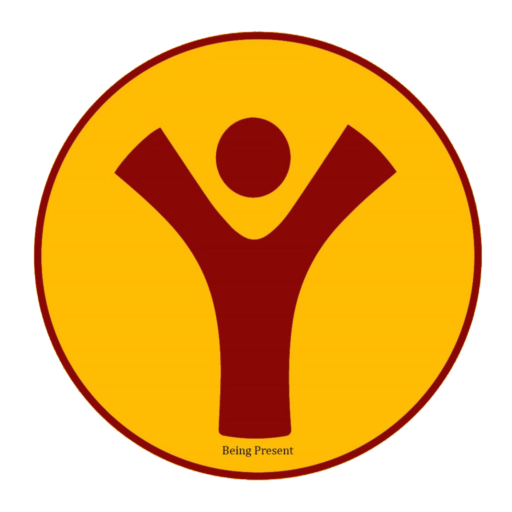The 15 minutes ‘Daily Yoga for Beginners‘ video encourages to build up a routine practice of yoga. Sometimes when we do not have a full 60min practice time, this small capsule of movements and breathings can energise you well. Originally, it is a quick-to-do version based on Bharatha Yoga Beginner Series. You can find the link to the whole series here: https://www.youtube.com/watch?v=2iLhghztX64
‘What is stress’ is a question of curiosity for a lot of us. Physically speaking, stress internal distribution of a force exerted on a material body. Biologically speaking, stress can be explained as external factors that disrupted the homeostasis. Psychologically, events which disturb the equilibrium of one’s ability to cope.
All types of stress will eventually lead to the feeling of insecurity, inhibition, inferiority or superiority complexes and our inability to express ourselves, But it starts from something very rudimentary. Philosophically speaking, stress develops differently in different people because of their difference of conditioning. Same situation might impact two people differently. So it is one’s own perception of stimulants.
The word stress has its origin from Latin word ‘strictus’, meaning tight or narrow, and ‘stingere’, a verb which means “to tighten”. When we talk about humans, these root words reflect the internal feelings of tightness and constriction of muscles and breathing. Before this stress can disturb us, it goes through a lot of derivations/changes which makes it a more complex matter; that is when it develops into something more mental than physical.
The stress can take a physical manifestation in the form of pain, high blood pressure, migraine. It can also take one to the levels of anxiety & depression. In a state of anxiety, the body takes a fight-or-flight approach where in all the usual functions of the body like digestion, assimilation etc. are paused and the energy is diverted into the muscular body which needs to either run from the situation or fight it then and there. Repeated anxiety and stress situations can make the body fall into this tendency of fight and flight which starts to disturb the usual body and mind functions.
The more complex(mental) the stresses become, the more challenging it becomes to tap the it and get rid of it.
What if? We break the derivation… and catch the stress before it becomes complex.
Can yoga help in that?
Yes, it can. And it has helped a lot of people already. Yoga can help one to become aware of this stress, have a deeper understanding of the problem and then help find solutions to get out of the stress. Even though this process sounds easy, most of us are not able to take up this process as in the state of stress, the usual mind processes also are not working normally.
Yoga begins to interact with the body and the mind in the simplest of ways and releases the neuromuscular tensions/stresses by mobilising and activating the whole body. The muscles (organs, tissues, blood vessels), and the nerves get activated and work to come in harmony with each other. The breath eventually calms down, signalling the nervous system to relax and ease out. All of these processes gradually calm the whole system physically as well as mentally. The harmony and integration between mind, breath, and body gives us the freedom from big and small stresses in our day to day life.
What to expect from this sequence and how to prepare?
- The Indea Yoga legacy sequence is going to help you achieve the awareness of your body and mind. These easy yoga exercises will open up the joints, make the breath smoother, and ease the flow of thoughts.
- When you try this sequence, make sure you are on an empty stomach, in a spacious room, comfortable clothes and an empty mind.
- If you are practicing Yoga for the first time, do not aim at doing everything in the first go. Give yourself the time to get used to the sequence and gradually build the count. It is the most simple and best yoga to relieve stress.
- Ensure to breathe naturally at all times unless otherwise specified.
Beginner yoga sequence for this video:
- Muka douthi Kriya for centering the mind … (01:01)
- Sukshma Vyayam (joint movement) for mobility … (02:39)
- Ankle stretching breathing for concentration … (07:14)
- Hands in and out breathing for shoulder pain … (07:55)
- Hand stretching breathing for neck pain … (08:30)
- Front and back bending for spine mobility … (09:35)
- Side stretching to reduce weight from the waist and belly … (10:25)
- Spinal twist for releasing the stiffness from the neck and shoulders … (11:17)
- Parivrtta Trikonasana stretches for improving the hip and shoulder mobility … (12:11)
- Beginner’s meditation for a calm and peaceful day … (13:41)
Remember, when we work strongly and consistently – we grow.
All the best, and let us know in comments how you felt after completing the practice.



